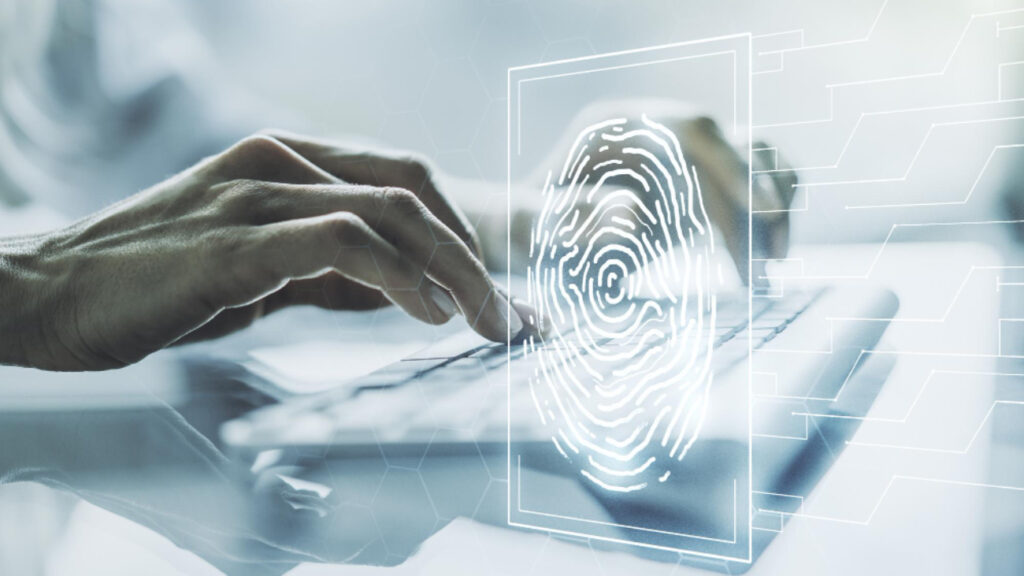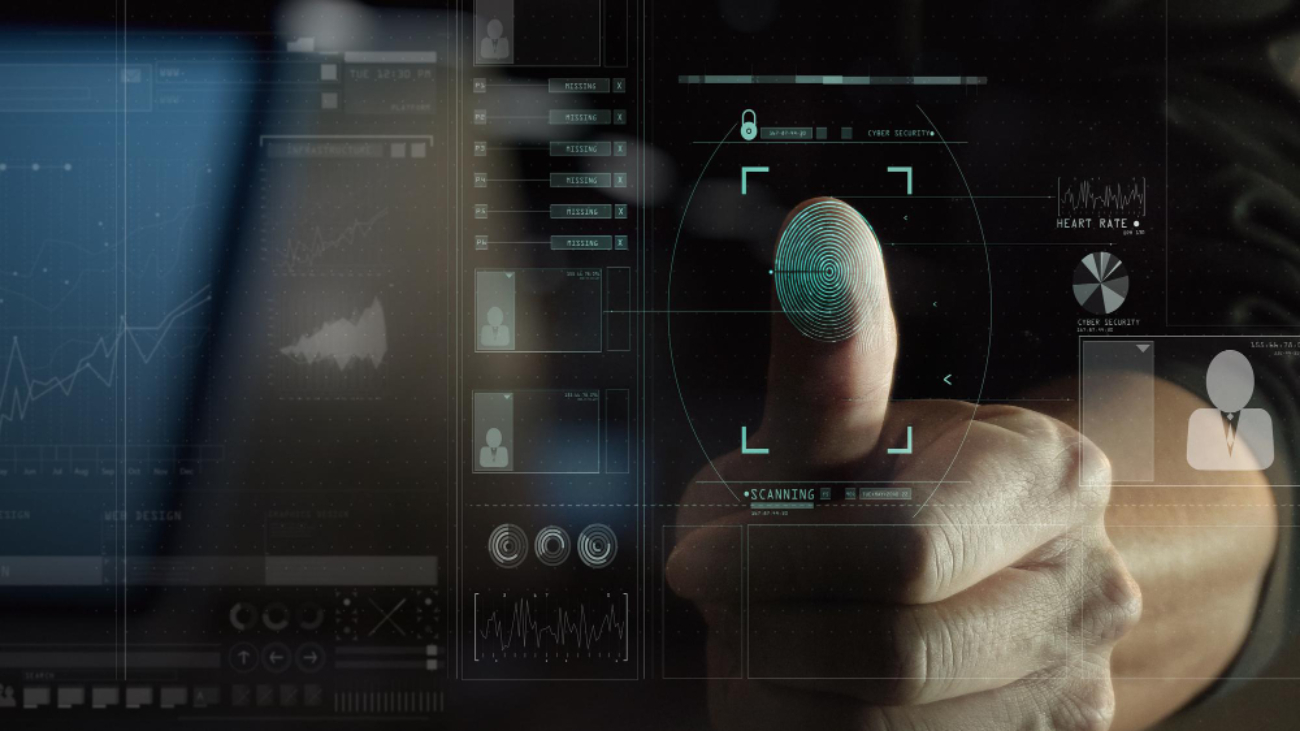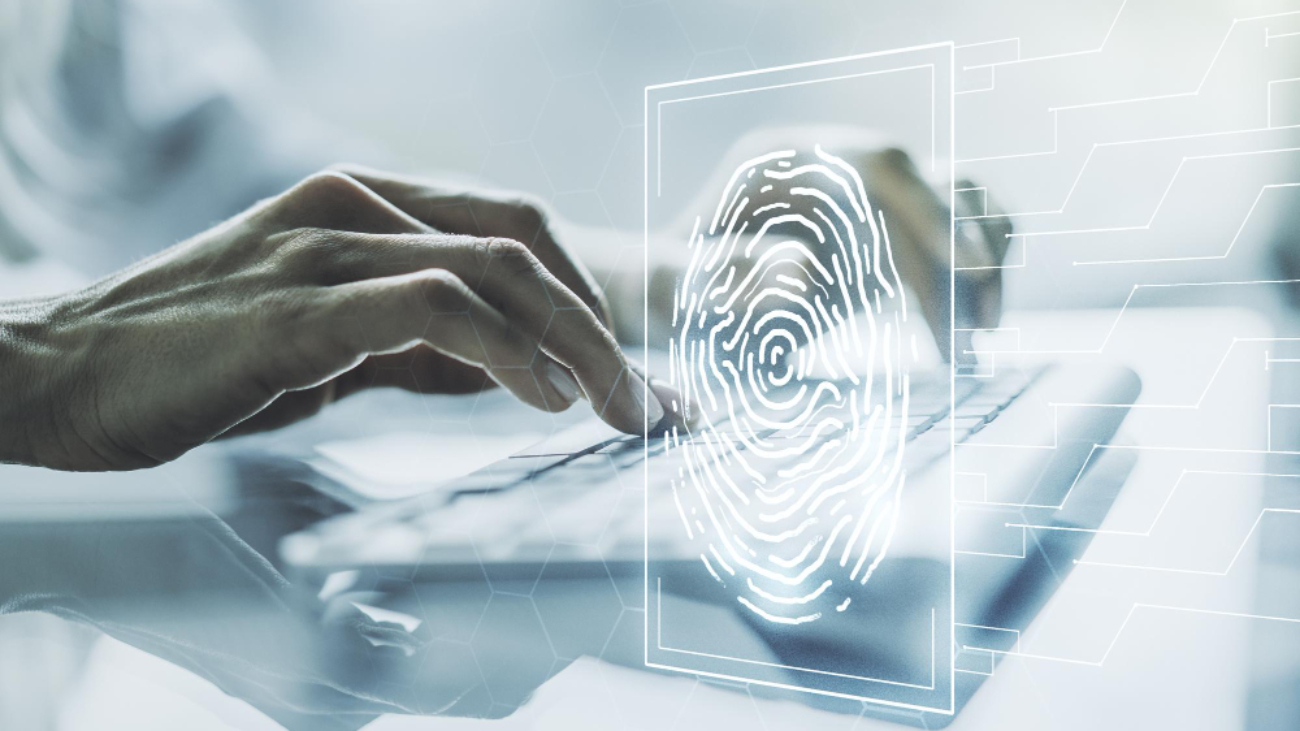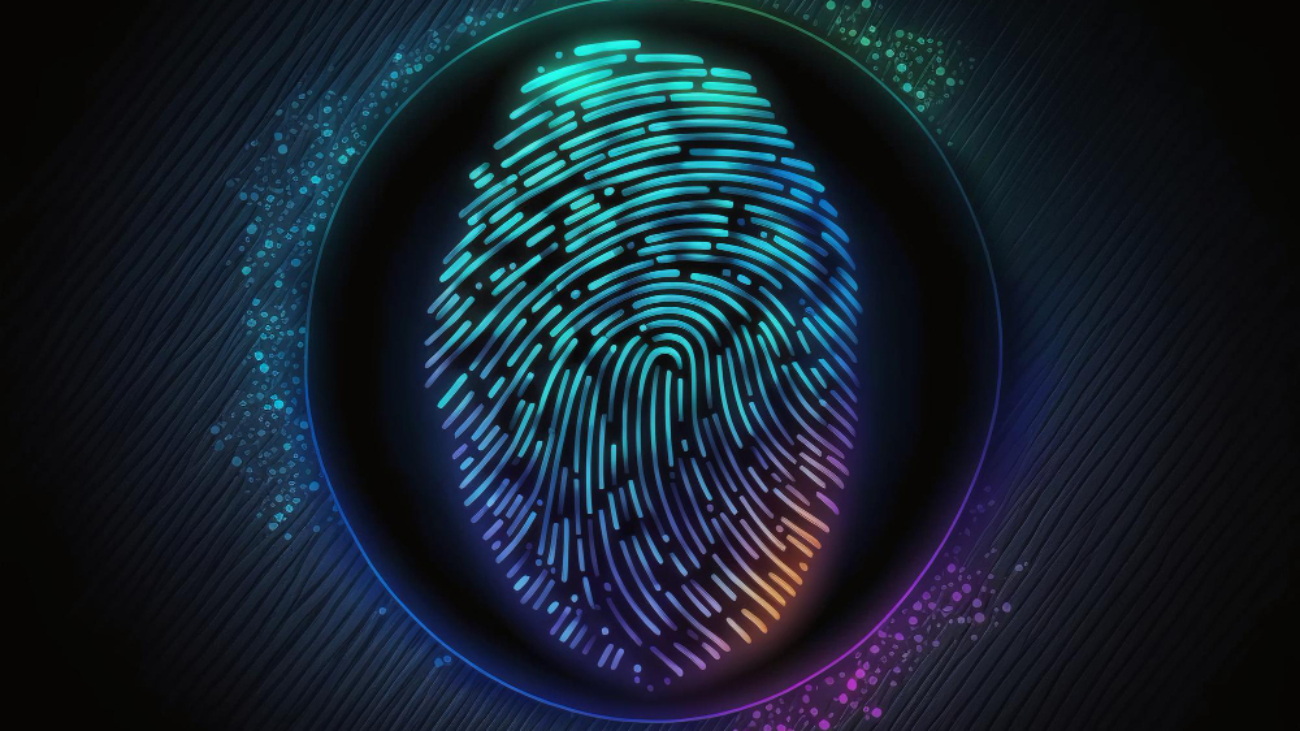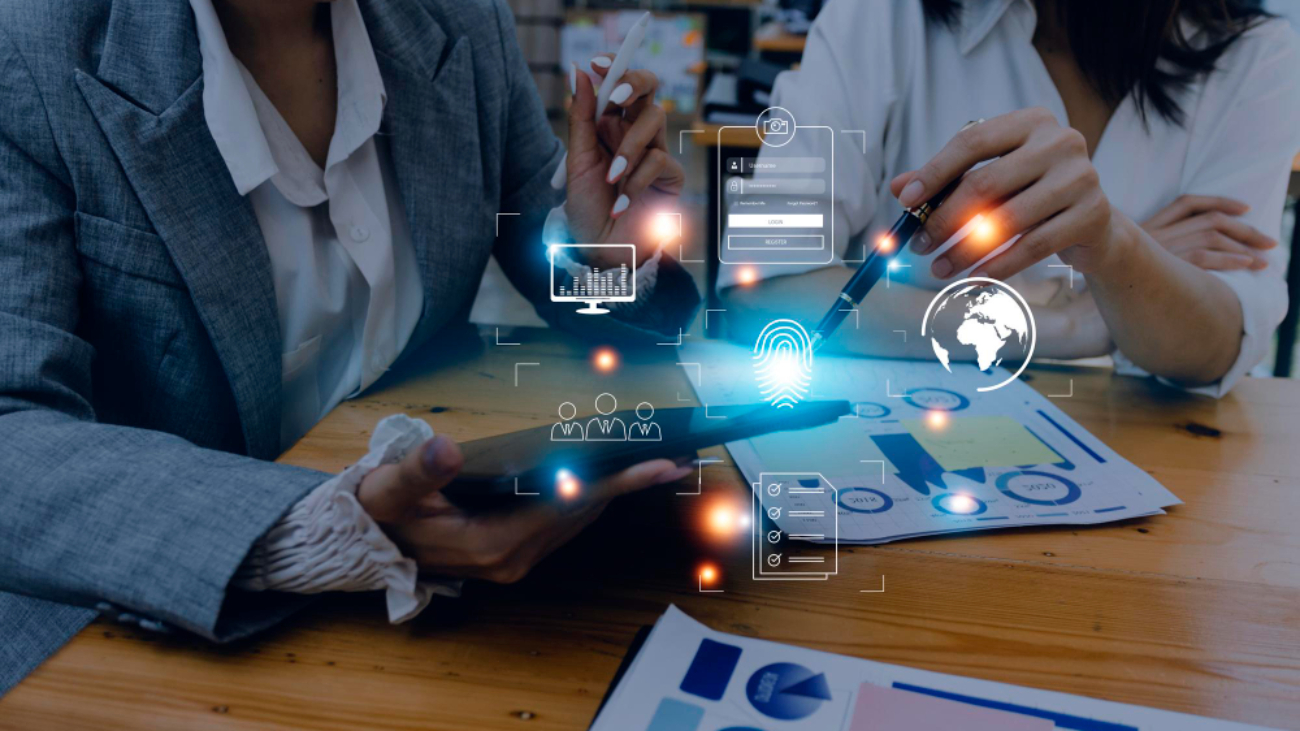Biometric analytics stands as a pivotal cornerstone in today’s quest to fortify workplace security observed Bahaa Abdul Hadi. In a world where data breaches and security lapses are all too common, the role of biometric analytics is gaining immense significance.
This technology, which involves the analysis of unique physical and behavioral characteristics, ensures a level of security that surpasses traditional methods. With the ever-growing threat landscape, protecting sensitive information and assets within an organization has become paramount.
How Biometric Analytics Works
Biometric analytics operates by capturing an individual’s unique physiological or behavioral traits. These distinct features, such as fingerprints, facial characteristics, iris patterns, or voice patterns, are collected in a non-invasive manner. Subsequently, the data undergoes thorough processing and analysis to create a digital representation.
This representation is then used for authentication or identification purposes. By integrating this technology with existing security systems, organizations can bolster their defenses. Whether it’s controlling physical access to secure areas or verifying digital identities, the active use of biometric analytics ensures a robust and dynamic safeguard against security threats.
Applications of Biometric Analytics in Workplace Security
Biometric analytics finds a multitude of practical applications in workplace security, enhancing safety measures. One key utilization is access control, which spans both physical entry points and digital systems. Biometrics ensures that authorized personnel gain entry, strengthening the security of sensitive areas. Plus, it plays a pivotal role in tracking time and attendance, accurately recording employees’ presence.
The technology also shines in identity verification, reliably confirming the identity of individuals. Beyond this, it aids in monitoring employee activities, allowing organizations to maintain a vigilant watch over actions within the workplace. In the event of incidents, biometric analytics aids in swift and accurate investigations, contributing to a safer and more secure working environment.
Benefits of Biometric Analytics in Workplace Security
The advantages of biometric analytics in bolstering workplace security are unmistakable. Its active role in verification and authentication translates to heightened accuracy and reliability. By replacing traditional methods, it mitigates security risks and effectively curtails fraudulent activities, ensuring that only authorized individuals gain access.
Employees and users benefit from the enhanced experience provided by this technology, improving overall satisfaction. Compliance with stringent regulations is another feather in its cap, guaranteeing organizations adhere to legal requirements. Biometric analytics actively contributes to safeguarding sensitive information and assets, playing a pivotal role in the ongoing battle against security threats and breaches.
Challenges and Concerns
While the benefits of biometric analytics in workplace security are undeniable, it’s crucial to acknowledge the challenges and concerns that accompany its adoption. One prominent concern revolves around privacy issues – individuals may worry about the storage and potential misuse of their biometric data. The financial aspect also comes into play, as implementing this technology can incur significant costs, including setup, maintenance, and employee training.
Furthermore, technological limitations, such as false positives or negatives, remain a challenge that organizations need to address. Lastly, user acceptance and trust issues may hinder its widespread adoption. These challenges and concerns underscore the need for a thoughtful and comprehensive approach when integrating biometric analytics into the workplace security framework.
Conclusion
Biometric analytics emerges as a potent force in fortifying workplace security. Its active role in authentication and verification processes signifies a dynamic approach to safeguarding sensitive information and assets. While challenges like privacy concerns, costs, technological limitations, and user trust need to be addressed, the potential benefits are substantial.
This technology’s unwavering accuracy and reliability, coupled with its ability to reduce security risks and prevent fraudulent activities, make it an indispensable tool. By actively embracing biometric analytics, organizations can establish a stronger defense against evolving security threats and breaches, contributing to a safer and more secure working environment for all. Thank you for your interest in Bahaa Abdul Hadi blogs. For more information, please visit www.bahaaabdulhadi.com.
